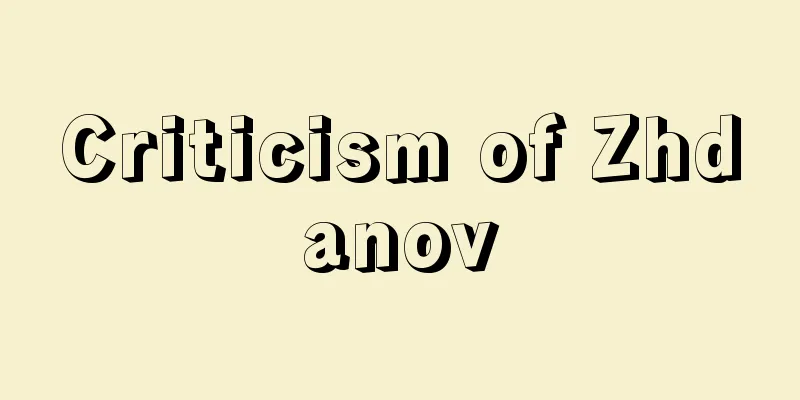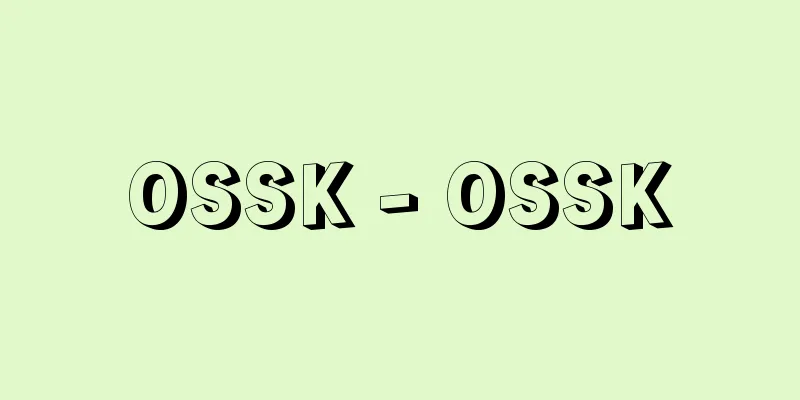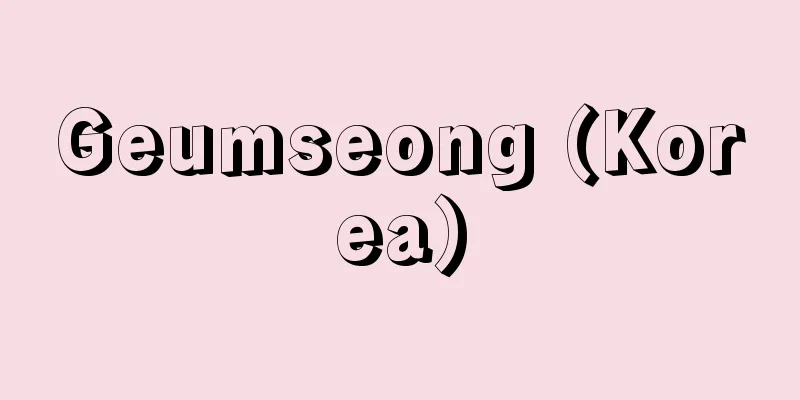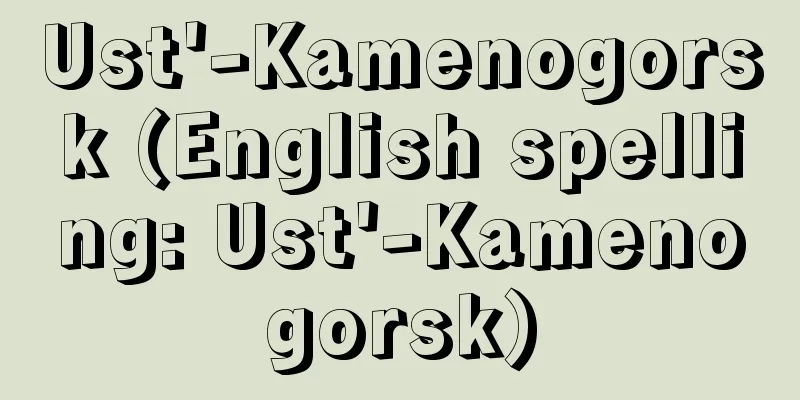Yi-shan Yi-ning (English spelling)
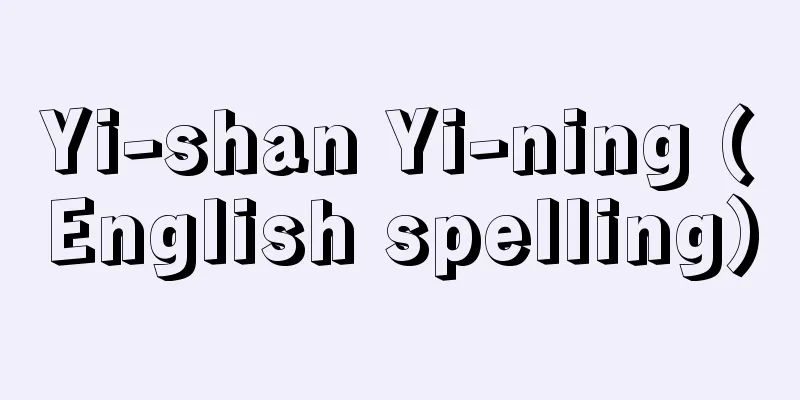
|
[School] Junsuke 7 (1247) [Died] October 25, 1317, Kyoto. A Rinzai sect monk from Song, China. A native of Linhai County, Taizhou. He entered Hongfu-ji Temple and served under Wudo Hui-yong for two years. He then studied the Lotus Sutra under Shoken of Fuko-ji Temple, Vinaya at Oshin-ji Temple, and Tendai at Enkei-ji Temple. He disliked the study of Gikai, and was allowed to study Zen under Zen master Tsutsuo-kei of Tendo-san. He climbed Mt. Ikuo and studied Zen under Zoso Zenchin, Jakuso Yusho, and Gangyoku Gyomi, and succeeded Gangyoku's teachings. In 1284, he lived at Shimei Soin-ji Temple, but ten years later he moved to Fudu-san Kannon-ji Temple and became its chief priest. Considering the failure of the Bun'ei-Koan Invasion, the Yuan Dynasty appointed Ilsan as the head of the Jiangsu-Zhe Buddhist sect, gave him the title of Myoji Kosai Daishi, and sent him to Japan in 1606 along with Sekiryō, Ninkyō, and Sai Kanshidon in order to encourage submission to Japan in peace negotiations. The regent Hojo Sadatoki arrested him on suspicion of being a spy and imprisoned him in Shuzen-ji Temple in Izu, but when he realized that he was a virtuous man, he pardoned him and made him the 10th abbot of Kencho-ji Temple. In 1302, he became the 7th abbot of Engaku-ji Temple. He later returned to Kencho-ji Temple, built Gyokuun-an, and retired to Jochi-ji Temple. In 1372, he became the 3rd abbot of Nanzen-ji Temple in Kyoto by order of Emperor Uda. The emperor was deeply revered by Ilsan and made many efforts to practice Zen with him. When Issan temporarily sought retirement due to illness but was not granted permission, he fled to Etsu Province, where he was comforted by a letter from the Emperor. In October 1791, Issan fell ill at Nanzenji Temple and was visited by the Emperor himself. He soon submitted a memorial letter to the Emperor, wrote a posthumous poem (yuige) and passed away. The Emperor bestowed upon him the title of Kokushi, built a tower next to Kameyama Shrine and bestowed upon him the name of Houyu. Issan excelled in calligraphy and painting, and was well versed in Confucianism and novels, contributing to the spread of Neo-Confucianism. He wrote the "Issan Kokushi Goroku" (Sayings of the Issan Kokushi). His disciples included Sesson Yubai and Muso Ryoen, and Kokan Shiren and Muso Soseki were also students of Issan. Source: Encyclopaedia Britannica Concise Encyclopedia About Encyclopaedia Britannica Concise Encyclopedia Information |
|
[生]淳祐7(1247) [没]文保1(1317).10.25. 京都 中国,宋の臨済宗の僧。台州臨海県の人。鴻福寺に入り,無等慧融に2年侍し,次いで普光寺処謙につき『法華経』を,応真寺で律を,延慶寺で天台を学んだ。義解の学を嫌い,天童山筒翁敬禅師に参禅を許され,育王山に登って蔵叟善珍,寂窓有照,頑極行弥 (がんぎょくぎょうみ) らに禅を学び,頑極の法を継いだ。至元 21 (1284) 年,四明祖印寺に住んでいたが,10年後,補陀山観音寺に移り,住持となる。元は文永弘安の役の失敗にかんがみ,平和交渉で日本に服属を促すため,一山を江浙釈教総統に任じ,妙慈弘済大師の号を与え,石梁,仁恭,西かん子曇らとともに,正安1 (99) 年日本に送った。執権北条貞時は,彼を間諜の疑いで捕えて伊豆の修禅寺に禁錮したが,彼の有徳なひととなりがわかると彼を許し,建長寺 10世とした。乾元1 (1302) 年円覚寺7世となる。そののち再び建長寺に帰り,玉雲庵を構えて退居,浄智寺に移る。正和2 (13) 年後宇多法皇の命により,京都南禅寺3世となった。法皇の崇敬は厚く,一山について参禅工夫を重ねられた。一時病気を理由に隠退を願って許されなかった一山が,越州に逃れたときには,宸書をもって慰撫された。文保1 (17) 年 10月一山は南禅寺で病み,法皇みずからの見舞いを受けたが,まもなく法皇への遺表を奉り,遺偈 (ゆいげ) を書き,没した。法皇は,国師号を贈り,塔を亀山廟のそばに建て,法雨の額を賜わった。一山は書画をよくし,儒学や小説などにも通じ,朱子学の普及に貢献した。著書に『一山国師語録』がある。門弟に雪村友梅,無著良縁がおり,虎関師錬,夢窓疎石も一山の教えを受けている。 出典 ブリタニカ国際大百科事典 小項目事典ブリタニカ国際大百科事典 小項目事典について 情報 |
<<: Silicon monoxide (silicon monoxide) - Issankakeiso (English spelling) silicon monoxide
Recommend
Gurlitt, M.
…Wagner has long been of interest to German liter...
Atanasov, G.
...It performed automatic sequential control, and...
Kamina (English spelling)
A city in the southern part of the Democratic Repu...
Arneb - Arunebu
…It lies south of Orion and was thought to have b...
binary digit
…A decimal digit is represented by any one of the...
emphysematous bulla
…These include the internal bullae, the subpleura...
Centrifugal dehydrator
A centrifuge is a device used to remove water from...
Walter Hasenclever
German playwright and poet. Born in Aachen. Studi...
Ina Basin
A long narrow basin along the Tenryu River in the...
Aponogeton distachyon (English spelling) Aponogetondistachyon
… [Takashi Yamashita]. … *Some of the terminology...
Lure hook - Gijibari
…The official spelling is “tsuri-bari (fishing ho...
Smolensk (English spelling) Смоленск/Smolensk
The capital of Smolensk Oblast in the western par...
Head magistrate - Daikangashira
The name of the powerful Daidaikan who were at the...
Oobanotombosou - Oobanotombosou
A perennial plant of the orchid family (APG class...
HMB - HMB
...The Hukbalahap fought 1,200 battles with the J...
